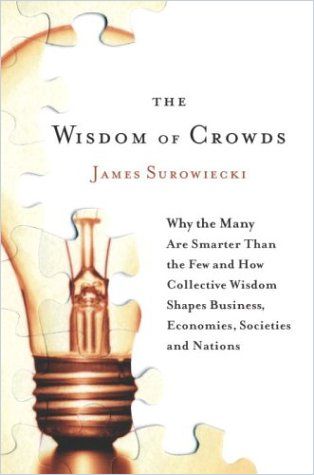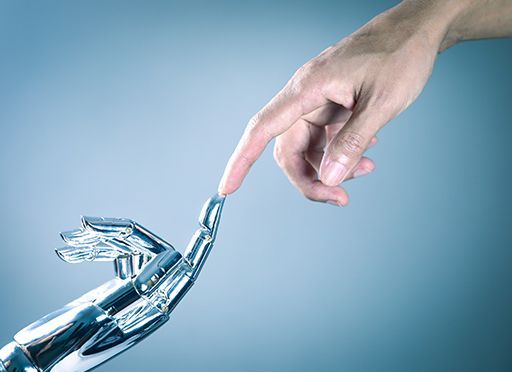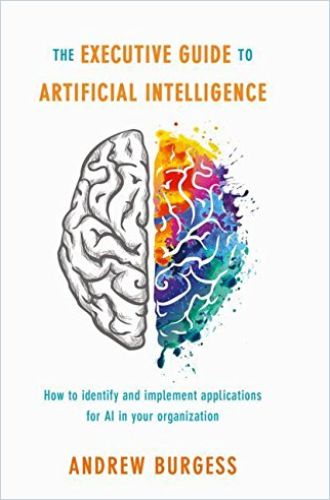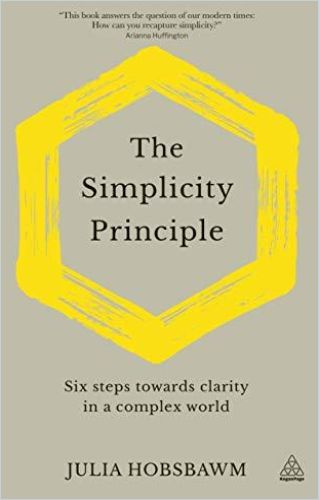Dealing with Complexity?

The evolution of Homo sapiens started about 150,000 years ago, in many respects following Darwin’s theory about the survival of the fittest. As we know today, evolution by no means has taken a smooth consistent path towards higher forms of intelligence. Homo sapiens at that time was crucially lacking in creative imagination. As far as we can tell from archaeological records, an upsurge in human creativity occurred more or less simultaneously around the world starting about 40,000 years ago.
It looks as if we shall either have to claim that human creativity resulted from a series of gradual cognitive and cultural accumulations, independent of genetic change and built up independently by different human communities over many millennia; or we shall need to claim that some change occurred in the human genotype which could be caused by the nature of the ecological environment. So far there is no generally accepted answer and the mystery remains.
Another milestone in advancing human intelligence and its inherent capacity to solve problems happened with the innovation of Gutenberg’s printing press, developed between 1436 and 1450.
The printing revolution marked the turning point in the transformation of a backward medieval region into modern Europe.
The sharp increase in literacy broke the monopoly of the literate elite on education and learning and bolstered the emerging middle class. About the same time, universities became key players in advancing knowledge as research started to expand into new territories, more and more driven by economic motives, driving global competition.
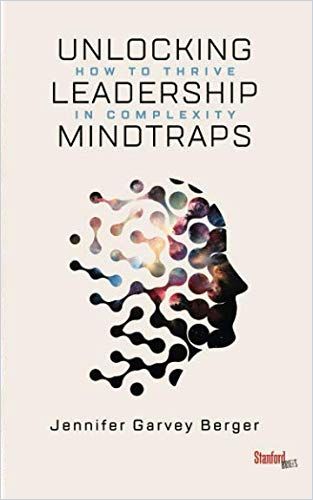
With artificial intelligence (AI) arriving, this knowledge explosion develops in an exponential trajectory. Just as Darwinism moved us from a preeminent position over all life forms into a branch of the evolutionary tree of life, the current and recent sweep of advances in our understanding of neuroscience, cognition, behavioural science, evolutionary psychology and related fields call for yet another round of reappraisal of AI’s potential in dealing with the exponential growth of complexity in our daily lives.
Human Limitations in Solving Complex Problems
One immediate conclusion that can be drawn for the successful tackling of complex problems is that there is a massive requirement for cognitive bandwidth – not only to keep all the relevant aspects at all the pertinent scales of mind as one seeks to understand the nature of the problem but even more challenging, to model and simulate the non-linear dynamics of natural life. Given the well-known limitations of human working memory, short-term memory and attention span, this is a prominent area for future AI support.
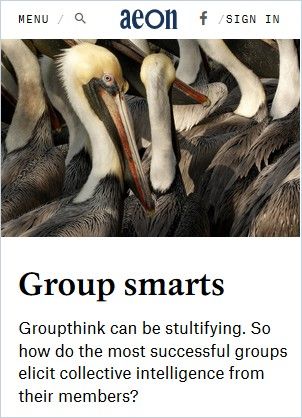
However, there is a fundamental problem that needs to be addressed first: how to acquire the necessary relevant information and data about the composition, structure and dynamics of the complex problem and its context. This requires an effort of continuous learning and updating across all the dimensions and scales of the problem. Because the human brain evolved to deal with the difficulties of surviving that our ancestors faced, modern humans are still equipped with the same heuristics, behavioral tendencies and biases that worked well enough in the distant past. These hardwired shortcuts based on thumb rules – operating automatically below conscious awareness and permitting very rapid adaptive responses to various simple conditions – enabled our ancestors to cope with the level of complexity that existed then.
Today’s complexity, our way of life with the modern economy as our source of income, far exceeds what evolution has taught us in adapting to change.
Within just a few hundred years, science and knowledge have become the critical success factor for survival.
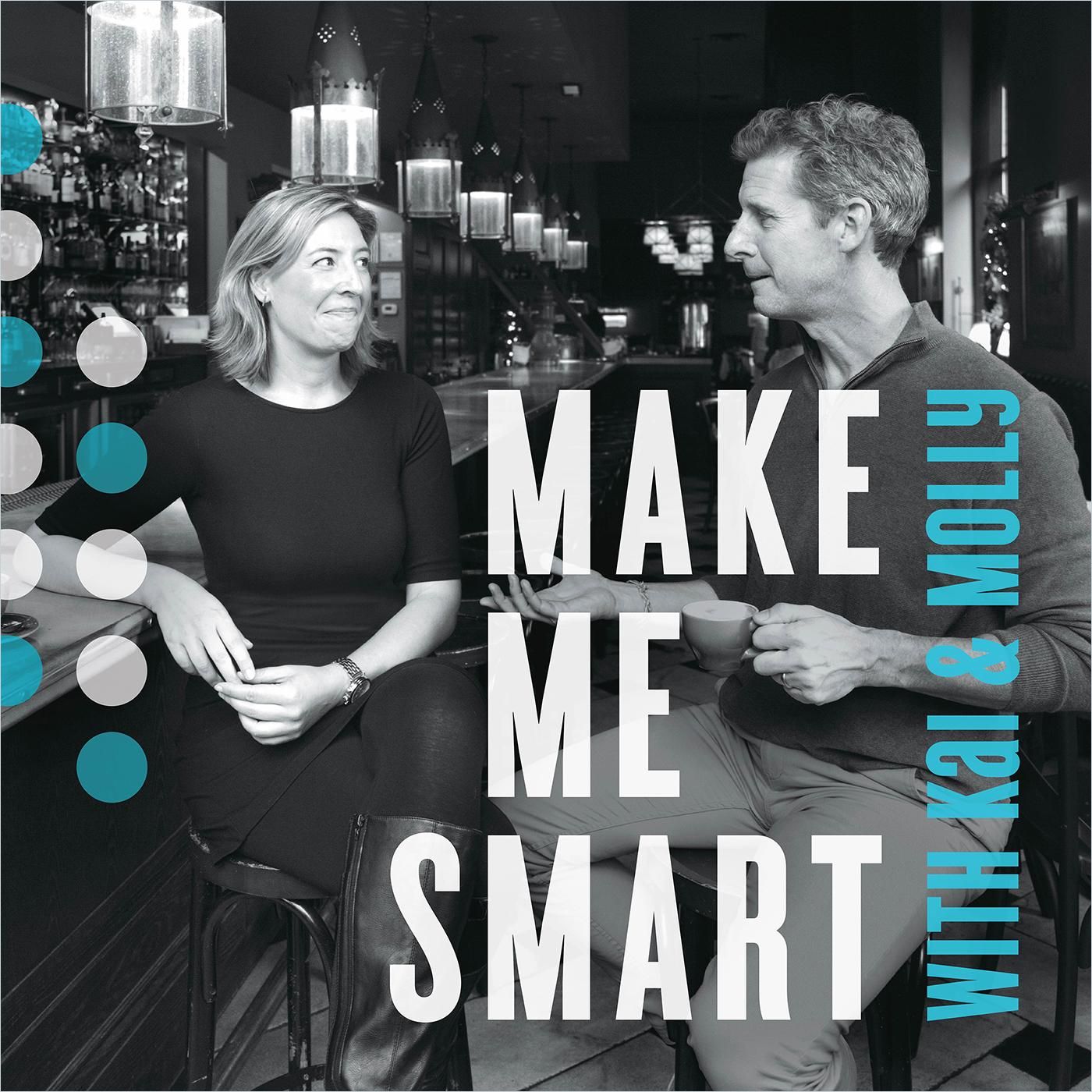
The Half-Life of Knowledge as a Socioeconomic Challenge
The half-life of knowledge is a phrase attributed to Fritz Machlup, former Professor at Princeton University, who studied the economic value of knowledge back in the 1960s. It is defined as the amount of time that has to elapse before half of the knowledge of a given discipline is superseded or shown to be untrue. Machlup and others were trying to figure out how much the acquisition of certain types of knowledge was worth. To do so, they needed to understand how long the knowledge we paid to acquire would remain relevant.
Focused on engineering as a baseline profession, they discovered that while an engineering degree received in 1930 was useful for about 35 years, an engineering degree earned in 1960 was only relevant for about 10 years. In 2002, the president of the National Academy of Engineering, William Wolf, said that the half-life of engineering knowledge was somewhere between seven and two-and-a-half years. In other words:
For a 40-year career, a typical engineer would need to invest 9,600 hours just to keep up with the basics of the field, which is the equivalent of having to earn two additional undergraduate degrees. Lifelong learning is not simply nice to have but something we should include as part of our educational system.
While we might be able to maintain an individual’s value-contribution over a longer period of time due to factors such as experience or growth of emotional intelligence, the question looms how corporations and organizations can keep up with the increasing complexity of scientific research and its potential for creating value.
From Collaboration to Collective Intelligence
Humans’ ability to collaborate to achieve otherwise inaccessible goals may be one leading cause for our success as a species. We all possess intelligence; however, intelligence is not something that arises within individuals alone – it also appears in groups of people. It has long been recognized that when groups of people come together to solve a problem, they can become more than the sum of their parts.
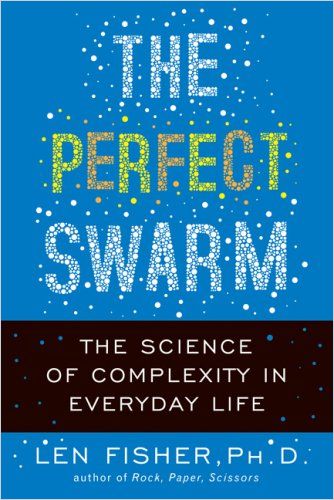
The “wisdom of the crowd” was acknowledged as far back as Ancient Greece when Aristotle noted that many unremarkable men often make better collective judgments than great individuals. For mutually beneficial collaboration, individuals need cognitive mechanisms to coordinate actions with partners and mechanisms to distribute the acquired resources in a way that incentivizes them to continue collaborating.
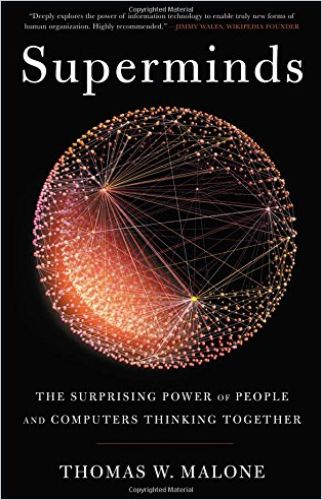
All major communication platforms such as Microsoft Teams or Slack can connect individuals to exchange information, provide administrative support to carry out tasks or search for matching interests. One of the most essential principles to help groups to achieve more than the sum of their parts is diversity. Anita Woolley, a leading expert in organizational behavior at Carnegie Mellon University, has demonstrated that gender diversity helps smaller groups improve their problem-solving ability and that cognitive diversity is vital for creativity and workplace teams. This principle also applies to more major-scale collective intelligence efforts, where it may intuitively seem that diverse contributions could make it harder to distinguish quality from quantity.
Collective intelligence covers a wide range of participatory methods, including crowdsourcing, open innovation, market predictions, citizen science and deliberative democracy.
Some of them rely on competition, while others are built on cooperation; some create a sense of community and teamwork, while others operate based on aggregating individual contributions or microtasks.
Adding AI to the Equation
Generating ideas through discussions with employees, customers and other external parties represents one way in which collective intelligence is commonly used. Collecting ideas and feedback from a more significant number of diverse individuals generates large data sets for training artificial neural networks. Incentives for participation can be provided by offering a reward for designing the best AI-algorithm to solve a specific problem.
AI has the most significant impact when it is applied by cross-functional teams with a mix of skills and perspectives.
Having business and operational people working side by side with analytics experts ensures that initiatives for problem-solving address broad organizational priorities, not just isolated business issues. Diversified teams can also think through the operational changes that new applications may require. For example, the introduction of an algorithm that predicts maintenance intervals should be accompanied by an overhaul of maintenance workflows. When AI is adopted broadly, employees up and down the organizational hierarchy will augment their judgment and intuition with algorithms’ recommendations to arrive at better answers than either humans or machines could reach on their own.
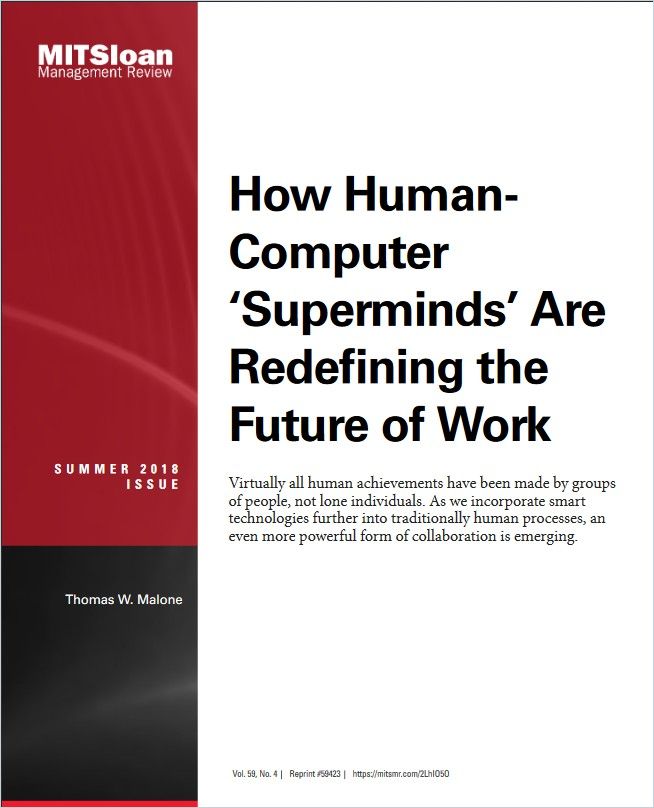
How Human-Computer ‘Superminds’ Are Redefining the Future of Work
MIT Sloan Management ReviewBut for this approach to work, people at all levels have to trust the algorithms’ suggestions and feel empowered to make decisions, abandoning the traditional top-down management approach.
The Rise of the Gig Economy
Broadly speaking, the gig economy is a free-market system in which companies work with independent contractors or freelancers as opposed to hiring full-time workers. Internet connectivity and mobile network access have accelerated this trend and are challenging conventional employment models. “Gig” refers to a working model where workers are contracted and paid per hour or completed project milestones. The rise of this economy is closely connected to advances in technology and the trend of working remotely as so-called digital nomads.
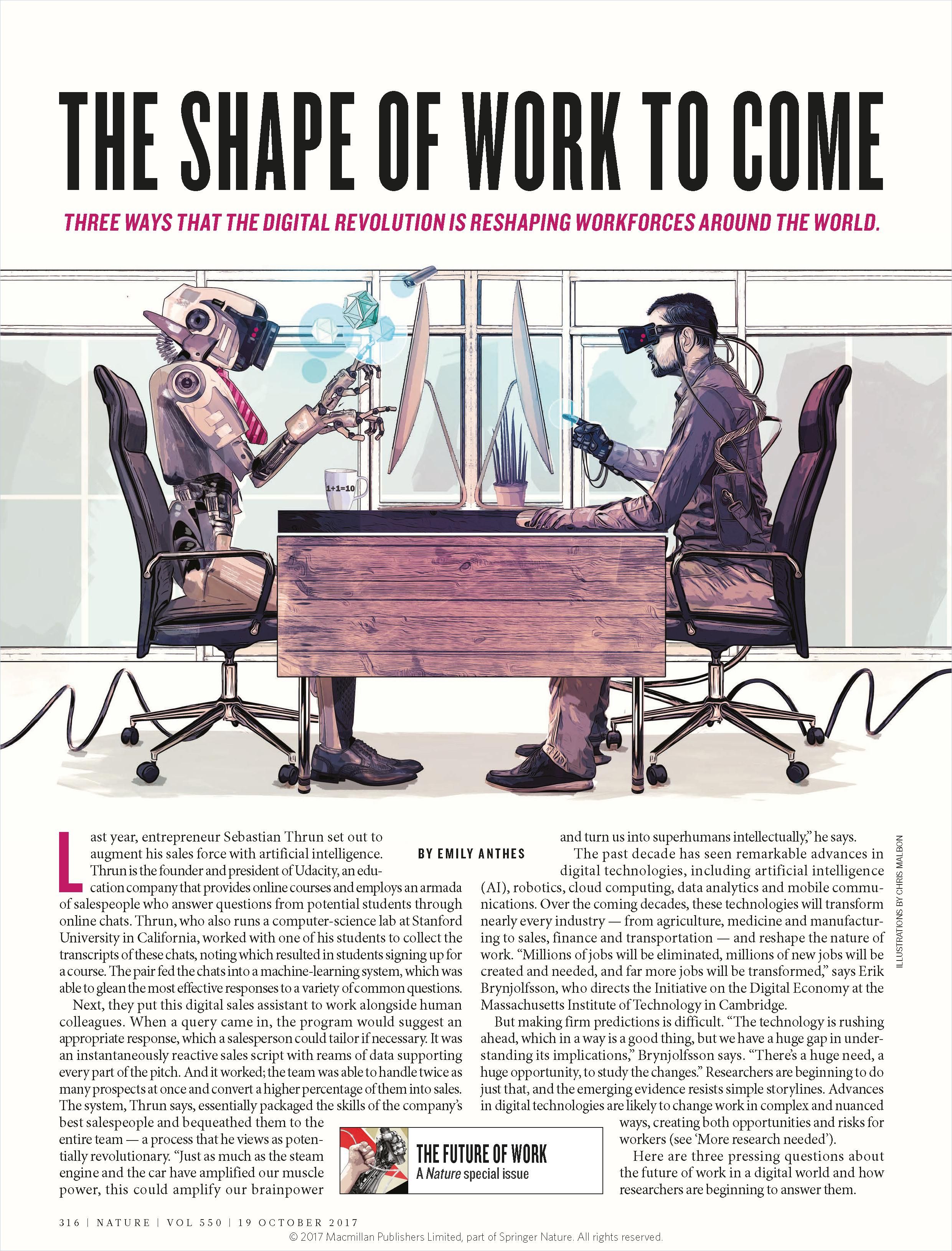
In the United States, about 36% of all workers are now involved in the gig economy and according to the US Bureau of Labor Statistics, more than 50% of the US workforce will participate in it by 2027. According to a study conducted by Mastercard in 2019, globally the gig economy will grow at an average rate of 17% per year between now and 2023. Currently, about 40% of this workforce consists of young people between 18 and 34. The majority work in low-income positions, providing delivery services (taxi, food, documents, etc.), but the trend is that students and graduates from the STEM segment (science, technology, engineering and mathematics) prefer to work as freelancers rather than being employed. This stipulates a cultural shift towards a “flexible” work-life environment, altering the working population’s conventional expectations of a typical nine-to-five workday.
Knowledge Exchanges and Human Resource Management
Digital transformation has disrupted businesses that were unable to adapt in time to a data-driven economy. Fuelled by the abundant availability of venture capital, start-ups are flourishing with a rate of about 8% of sustainable success, while many eventually fail. Collective intelligence is part of the start-up culture; however, its potential reach encompasses our entire socioeconomic landscape. The combination of collective internet connectivity with knowledge will introduce new IT platforms supporting AI-focused value generation. Small and medium-sized enterprises (SMEs), challenged to adapt their traditional product and service portfolio to new scientific breakthroughs, can benefit from these cloud-based knowledge exchanges.
Facing increasing complexity, AI-empowered human resource management will be critical in this transformation process.
The capacity to build and manage teams (employed and/or contracted) with diverse competencies and distinct behavioral profiles to optimize human-machine interactions, will define a new competitive landscape for the “survival of the fittest.”
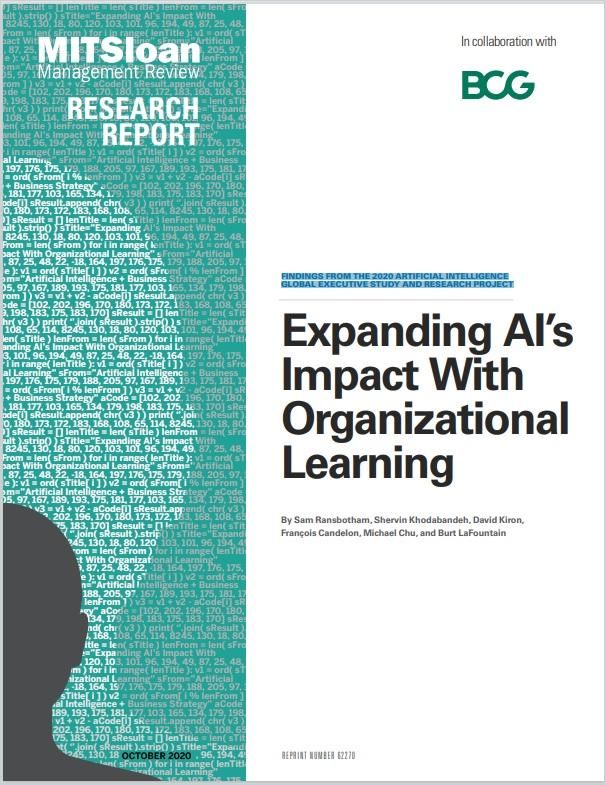
Expanding AI’s Impact with Organizational Learning
MIT Sloan Management ReviewMoreover, adhering to values related to a positive, sustainable work-life balance in family settings will foster regional development away from overcrowded centralized hubs. Competing for the best brains, companies are well advised to move their headquarters and manufacturing facilities to areas where individuals and families find the best work-life environment. High-performance teams excel in real (not virtual) collaborative work environments. Video conferences cannot replace human’s basic social needs, a lesson we all learned during the COVID-19 crisis.
Learn more about AI and its usability:
